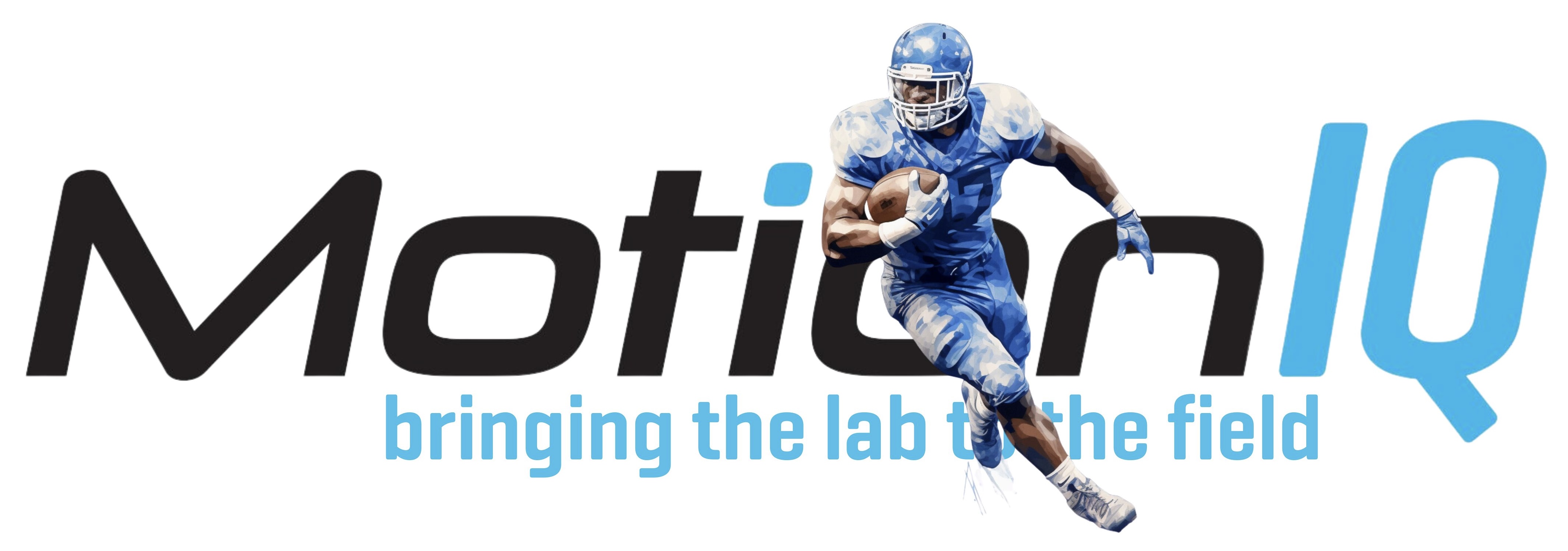In this article, I'm going to talk about all the reasons why sprinting biomechanics matter – with the exception of technique!
Coaches often view sprint technique in team sports through the same lens as in track and field, but they are very different. In track and field, biomechanical analyses of sprinting have a long history. In team sports, the role and justification of biomechanics for sprinting are less understood. Many coaches assume it is the same as in track and field.
But, it’s not.
In track and field, sprinting technique is a key performance indicator [KPI]. In team sports, it may range from very important to not important at all – depending upon a number of factors, including sport, position, age, experience, etc.
It's an obvious point, but spending training time with Lionel Messi to try to improve his sprinting mechanics will not make him a better soccer player. In fact, it will probably make him worse.
Speed in Sport is a Complex Thing.
However, this complexity is often overlooked.
While technique might not be essential to Lionel Messi, measuring athletes’ sprint biomechanics has many other benefits [to Messi, and everyone else], including:
- Establishment of Norms:
- Analyzing sprint biomechanics allows us to establish performance and movement norms based on sport, position, level, and age. This benchmarking sets realistic objectives and expectations for players, ensuring age-appropriate and tailored training programs.
- Monitoring Health and Performance:
- Ongoing assessment of sprint biomechanics can detect subtle changes in movement, indicating improvements in technique or emerging issues that could lead to injury if unaddressed.
- Return to Performance Progressions:
- For injured players, monitoring changes in sprint mechanics during recovery provides valuable feedback on rehabilitation effectiveness and readiness to return to performance.
- Tactical Decision-Making:
- Understanding sprinting mechanics helps coaches make informed tactical decisions, influencing player positioning and roles during crucial game phases like counter-attacks or defending against them.
- Scouting and Recruitment:
- Biomechanical data serves as a valuable tool in scouting and recruitment, providing objective measures of a player’s potential and suitability for a team’s style of play, especially for young or less experienced players.
Yes, technique matters [to some much more than others!] – but through this multifaceted approach, focusing on sprint biomechanics not only enhances performance, but also plays a critical role in maintaining player health, scouting, tactics, and more.
What do you think?
Have I missed any?
And which metrics matter? How do we navigate through the complexity of sprint biomechanics so that we can use it to answer any questions about the above 5 concepts?
I’d love to hear from you.

ENJOYED THIS POST?
SIGN UP FOR OUR FREE WEEKLY NEWSLETTER - HOW WE MOVE - and get weekly insights into movement for team sports.



